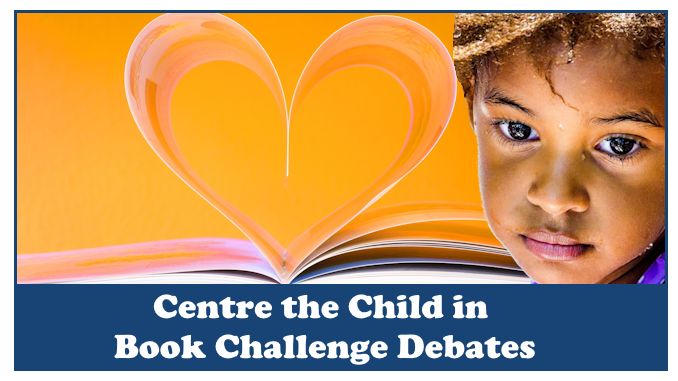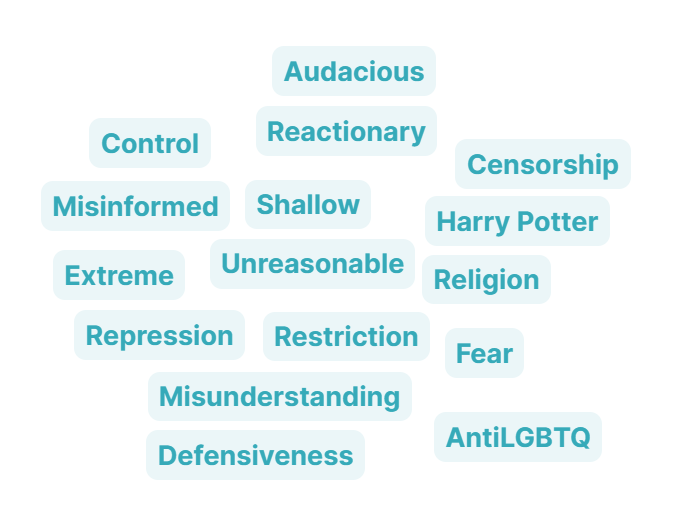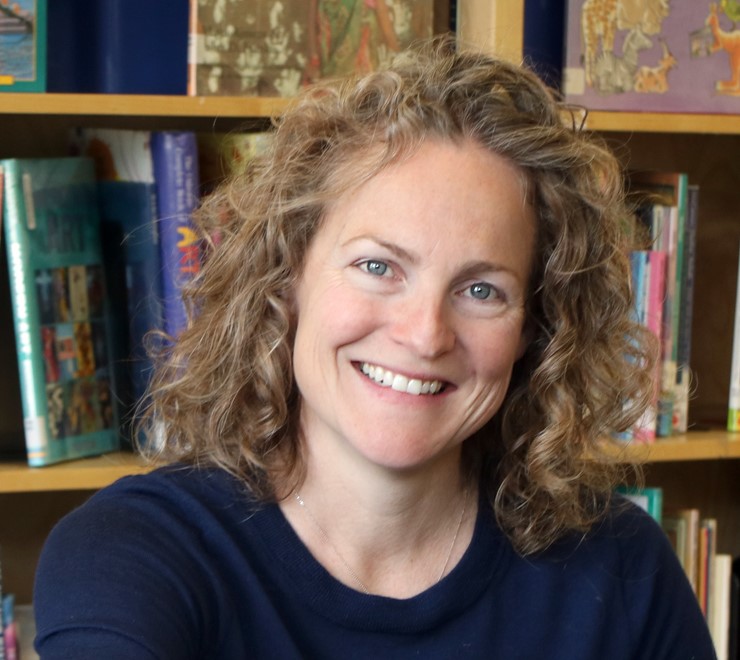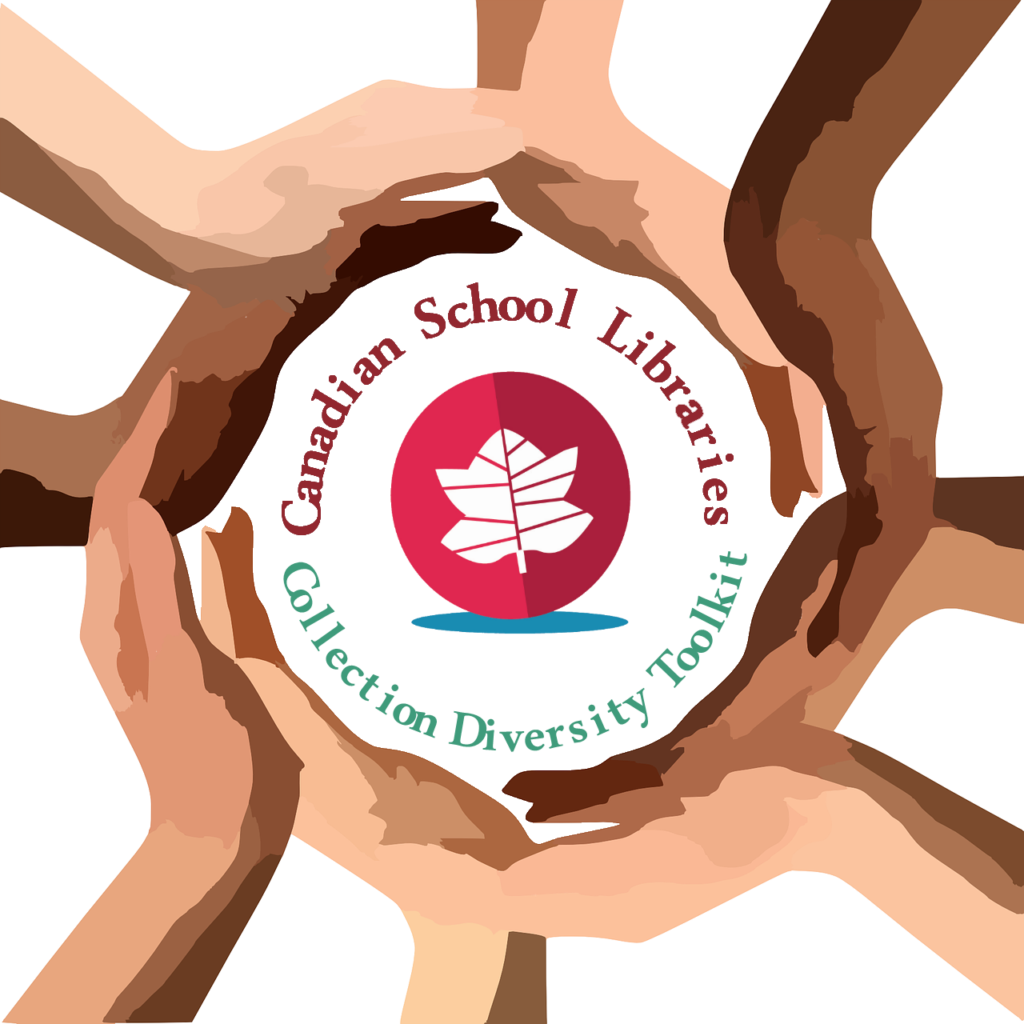
By Lila Armstrong
Last fall, our district professional development (PD) representative sent out an invitation for teachers to submit proposals to lead a learning session during a district-wide PD day. The theme was equity, diversity and inclusion (EDI). I had recently been engaging in conversations with some of my senior English teachers about book selection, and Freedom to Read (FTR) was on my mind. It was an easy leap to connect the importance of choice and collection diversity to reflect the goal of the day.
I was no expert on book challenges, so this process was as much about educating myself as it was building a presentation to share with others. Most of us have seen the data that is collected by the American Library Association (ALA) or visited the FTR website for programming support, but I did not think that this alone would do justice to the conversation. I invited Anita Brooks Kirkland, chair of Canadian School Libraries, Dr. Dianne Oberg, professor emerita from the University of Alberta, David Robertson, celebrated author, and Jonelle St. Aubyn, Peel District School Board teacher-librarian (TL) and recipient of the CSL Angela Thacker Memorial Award, to create a panel of Canadian experts. Each speaker brought something unique and the video clips anchored our discussion time.
The Nuts and Bolts
As we began, I asked participants to consider these questions throughout our session:
- What is the ethical responsibility of TLs to create inclusive collections?
- Which books and whose books are facing the most challenges?
- How does this impact our students and their growth as people and citizens?
- Why do we need to ensure that all books stay on the shelves?
I then asked participants to open a sli.do and share words that came to mind when they hear the words book challenges or book bans. Their replies were the leaping off point for the rest of the presentation.

From here we discussed the meaning of intellectual freedom, and investigated the famous Supreme Court ruling from Chamberlain vs Surrey School District, 2002. The majority of the Supreme Court judges found that Surrey District School Board’s decision to refuse the request of a K-1 teacher to use books depicting same-sex families had contravened the School Act and, in her ruling, Chief Justice McLaughlin wrote that “tolerance is always age-appropriate.”
Although it is always risky to add politics into any conversation, I felt that leading with the context of book challenges in the U.S. and Canada was important. Using headlines from newspapers and online sources, I tried to bring “the state of the union” to life. American headlines were inflammatory and frequently used the language of “banning,” which is, of course, accurate. Comparatively, Canadian headlines were cautionary, warning of what might be coming across the border, and what already had.
The ALA and PEN America have great visuals and I used these maps side by side for impact. It had the intended effect. It is rather shocking to see the change that has occurred in less than one year. From here, I waded into the controversial waters of Moms for Liberty and Action4Canada. Both groups espouse conservative family values, and are expanding their network of members, often finding inroads to local and school board elections. Protecting their children is the rationale for most, if not all, of the challenges. The language of these challenges often involves words like “sexual content”, “violence”, “sexuality”, and suggests that educators are “grooming” and “indoctrinating” their children. The most targeted books are those that have LGTBQ2IA+ themes, characters or authors, or that portray people of colour or tell the story of the Black experience in America.

Understanding that organized and funded groups are predominantly driving the headlines and challenges is important for those of us asking how to prepare our libraries and classrooms. The answer, according to my expert panel? Centre the child, have solid library policies and stick to them, and work together as a community to protect intellectual freedom.
Centre the Child
Dr. Oberg shared her research findings, which can also be found on the FTR site, and shared that very little policy exists that places the child at the centre. She connected our Canadian Federation of Library Associations’ Statement on Intellectual Freedom and Libraries to the Canadian Charter of Rights and Freedoms and to the United Nations Declaration on Rights of the Child. She shared the benefits to children (0-18 years) when they can exercise their intellectual freedom, including their development as effective citizens, capacity as independent thinkers, and personal growth and fulfillment. So where does “age appropriate” even fit into the conversation? How can we assume the age appropriateness of a book when our readers are so vastly different? The CFLA Code of Ethics states: “The core mission of librarians and other information workers is to ensure access to information for all for personal development, education, cultural enrichment, leisure, economic activity and informed participation in and enhancement of democracy.” To do our part as educators, understanding the links between ethics and rights is critical, and brushing up on our Charter rights is a good place to start.
Connecting the professional responsibility to the rights of the child brought this critical aspect to light. Jonelle St. Aubyn supported this thinking when she spoke of the importance of knowing your students and the material you are purchasing. In doing so, students are able to find the books that they want to read and you can speak to any book in your library. Centering the child at the policy level but also at the school level must be done in conjunction if we are fulfilling our ethical duty to students, and supporting their rights.
Strong Policy
Book challenges seem to be the shiny item that draws the attention of media outlets, but it’s strong policy, and the adherence to it, that keeps books on the shelves. Anita Brooks Kirkland spoke to this in her video and the rest of the panel echoed her thoughts. Teacher-librarians who purchase materials according to their policies rarely find themselves with materials getting pulled. Conversely, the challengers find themselves with very little footing. As Dave Robertson explained, when his book, The Great Bear, was pulled from the shelves of the Durham District School Board, they had in fact not followed their own policy regarding the reconsideration of materials. The onus should lie with the challenger to show why the book does not align with policy, not whether or not the challenger has an issue with the book. Anita Brooks Kirkland shared several resources to help support diverse collection policy development, including the CSL Collection Diversity Toolkit.
Work Together as a Community
Roberston brought a unique view to the panel. His books have been challenged or banned on several occasions and in different provinces. Each time, it was the voice of the community that reminded challengers and school districts that his books, and other challenged titles, need to remain accessible to students. He noted that censorship, in a practical sense, is when we make it hard for students to access books – whether it’s putting them in a separate section, or up on a high shelf or pulling them completely. Keeping children from specific books (ie. the ones that are consistently challenged) sends the message that we don’t want them to learn about people in our communities who actually exist, he says.
St. Aubyn challenged educators to ask themselves how often we consider which stories we are sharing. Are we working to support our diverse communities, but only sharing a certain perspective? Are we challenging ourselves to move away from the material with which we are comfortable, but which may not resonate with our students? Are we moving away from books that we read in our youth for more relevant material?
Bringing It All Together
As I built out this session, I wanted participants to engage in conversation that would support their learning, understanding and application of intellectual freedom. After each speaker video (all were pre-recorded), I posted guiding questions for each table to discuss. All of the questions focussed on ideas discussed by the speaker, but asked for participants to consider their own practice within that context. I planned that I would have about 5-8 minutes after each speaker to let table groups chat, after which we could share a few thoughts with the full group.
About a week prior to the presentation, I wondered if I had enough material to fill a 90 minute session, and shared my slide deck with Dr. Oberg. She asked if I had timed my presentation, because 34 slides was a lot (and more got added!). Her words came back to haunt me as I trickled over the 90 minute time and with one video to go! My table talk time had shrunk from 8 minutes to 5, to 3 to a speed round. I had to breeze through my walkthrough of the Canadian Library Challenges Database, and I could only suggest to participants that our own district has a new policy on inclusion and non-discrimination that they might want to read.
I must admit that while the group was not large, it meant that everyone who attended, plus me, left the room knowing a lot more about the different levels of freedoms with which we can engage and discover. Two TLs from my district attended, and we discussed the need for a policy makeover. A District TL from a neighbouring district shared the work they have done to update policy. Several English teachers from another school connected with the content in the presentation and were glad they attended. An elementary library tech shared her experience from her time at the public library. Good things come out of working together!
As it turned out, I had quite a bit more to say than I imagined. From the Supreme Court ruling and wording, to a brief tangent to discuss relevant ideas from Naomi Klein’s book Doppelganger, I had discovered that Freedom to Read is a topic that calls us to lean in and learn. I am so glad that I took the leap and offered this session. I was also able to get feedback from the attendees via a quick exit survey, so I have things to work on and improve for next time (like timing)!
I recommend that everyone participate in Freedom to Read week every February, but consider what we are doing to make sure it is happening in our schools every day. Thankfully, we all enjoy the freedom to read about it.

Lila Armstrong is a teacher-librarian in Courtenay, BC, SD71 and a member of the CSL Leading Learning committee. She is also an asparagus farmer, beekeeper, and all about learning. She is currently pursuing studies in Educational Leadership. Lila is dedicated to making her LLC vibrant and to growing the strength of the TL group in the district. She enjoys the adventures that come with a farm with her sons, husband and critters.
